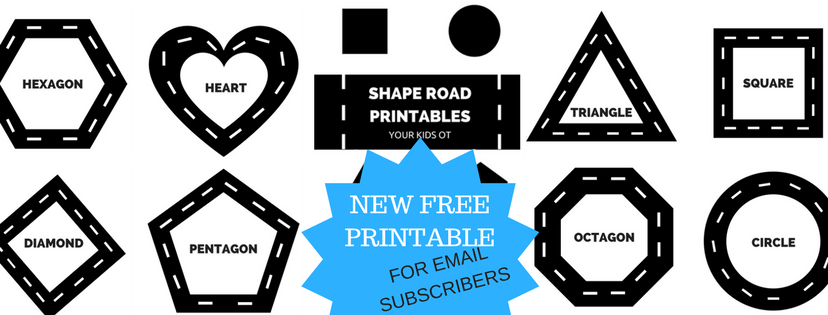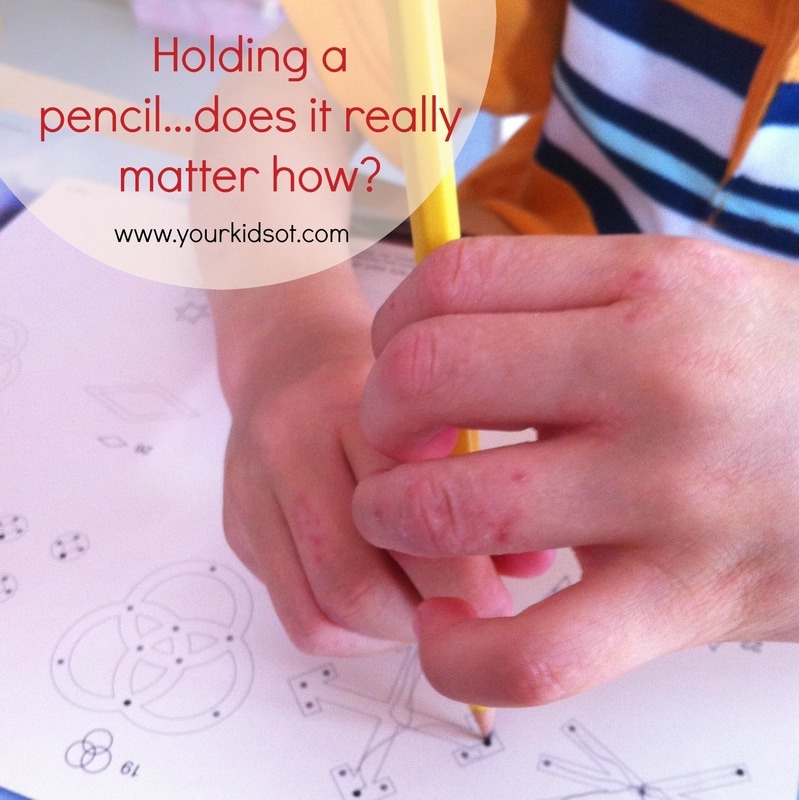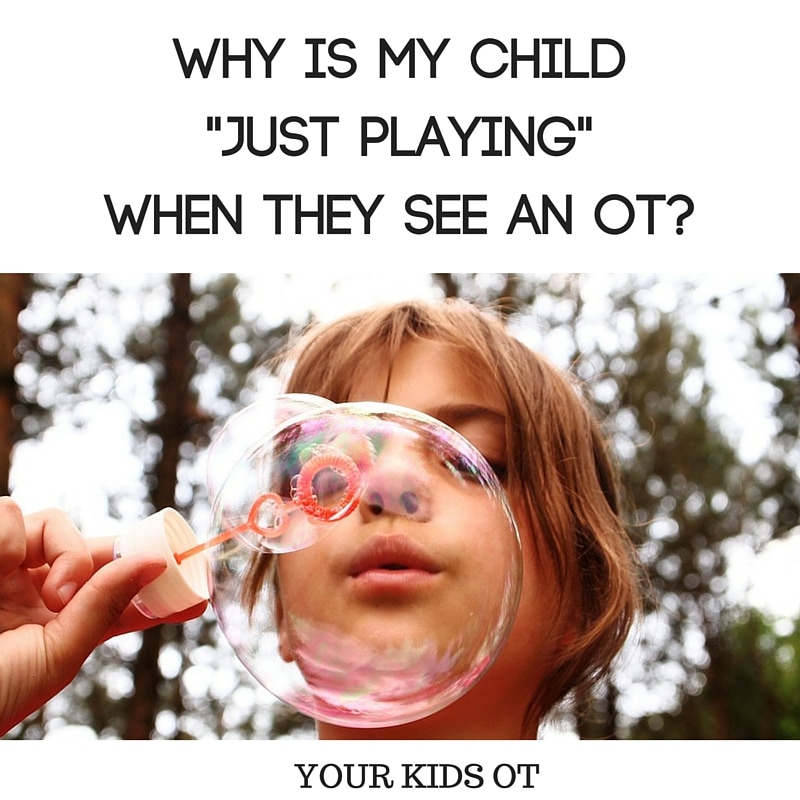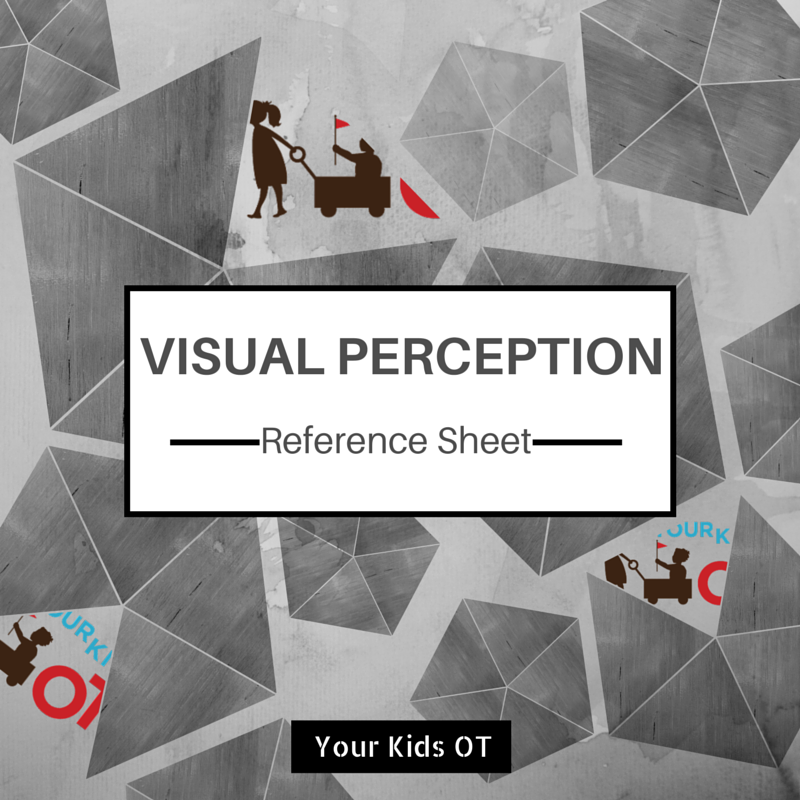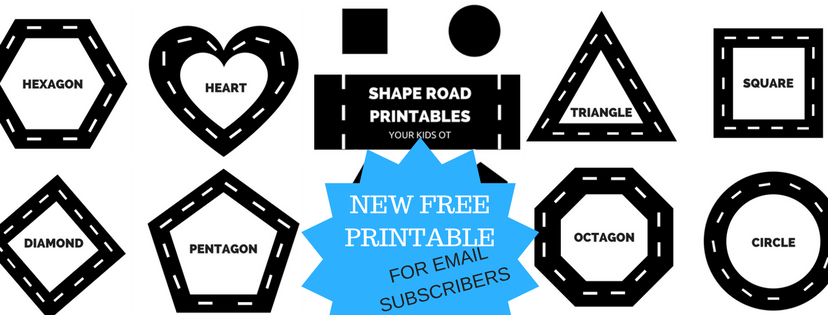|
No, I don’t want to. No, I can’t do it. No, I want to but I don’t know how. No, not today. No, I have never done this before. No, not in front of you. No, I wasn’t expecting to do this. No, I think it is too hard. No, I don’t have enough time. No, you have already asked me. No, I’ve done it before so why do I have to do it again? What does “no” mean? Children who are “demand avoidant” are not “being naughty”. They are not seeking a power struggle with you as the adult in their lives. They are impacted by anxiety, fear and loss of control where a task (which appears to be within their scope to complete) becomes unachievable. Simple tasks and even tasks they have completed previously are too “demanding”. Pathological Demand Avoidance is described as a profile of Autism. A low threshold of tolerance to a variety of “demands” results in the child reacting with a fight, flight or freeze response. Anxiety and a need to feel in control underpin a child’s avoidant behavior. Each child who demonstrates avoidant behavior may do this in different ways. It could include shouting, laughing, crying, screaming, hiding, not talking, running away, throwing things, repetitive actions and more. Different children will present in different ways. One individual child may also show a range of behaviour that changes depending on the demand or who the child is with at the time. The PDA society lists the following key principles for parents, teachers and therapist in helping a child with PDA; built on an engaged relationship between the child and adult. P: Pick Battles A: Anxiety Management N: Negotiation and Collaboration D: Disguise and Manage Demands A: Adaptation As an occupational therapist, finding the “just right challenge” is important for all children. For children with PDA, this can be particularly challenging. The importance of a therapeutic relationship should not be underestimated. Built on trust; rapport and respect need to be established before any “demands” can be expected. A therapeutic goal of “joint attention to a task” may be an essential foundation before further goals are established. Whilst every child is different, here are 5 examples of incorporating the PDA society principles.
In general; “heavy work” or opportunities for proprioception to joints, muscles and skin can help a child to regulate. This may include:
You can read more about sensory supports: 2. Include a puppet (or toy or pet). Puppets can help with communication. They can be used in a variety of ways that are engaging and fun for the child. Here are some examples for using a puppet:
3. Be flexible. There is nothing achieved with a power struggle between an adult and child. Having plan B is an important adaptation. Whilst some tasks should not be avoided for safety or long term health, many tasks can be forgone for something else or at least postponed. When a task really needs to be done, consider:
4. Explore and engage with the child’s interest. Whilst there are often concerns of a child’s predominant interests becoming obsessions, exploring and engaging with the child’s interest may be an important step in “joint attention” and establishing rapport. Can the interest be used to try new activities? (eg. An interest in camping may lead to cutting paper “logs” to build a camp fire. An interest in planets may lead to drawing dotted lines for the space ship to visit each planet. An interest in video games may lead to creating a game to learn letters in a child’s name.) 5. Praise and rewards used unconventionally. Praise comes naturally when something is done well. We want to praise the child and their efforts. We want to reward behaviour that we want to see repeated. These can both (whilst seemingly positive) can cause a child to feel anxious with a perceived demand to repeat or improve performance of the activity (which may be your motivation and what you want). Complicated! This requires re-framing so …
Videos, books and social stories can be useful ways to help a child with PDA to de-personalise situations, learn from modelling and discuss how others approach a task or situation. Head over to Growing Hands on Kids where I have also written ANOTHER five strategies to support PDA - 5 Strategies to Support Pathological Demand Avoidance - Growing Hands-On Kids (growinghandsonkids.com) including creating a game with the task, do the task together, reduce indirect demands, ask without asking, using humor or novelty. Supporting a child with PDA takes time, creativity, patience and empathy. It is not easy and emotions may run high quickly. For further information on Pathological Demand Avoidance, refer to: * PDA Society, * Sally Cat’s PDA Page, * Pathological Demand Avoidance Australia & New Zealand, * Pathological Demand Avoidance Teaching Strategies (Podcast) Do you support a child with PDA? What has worked for you both?  Cindy is a registered occupational therapist practising in Sydney, Australia. She has two growing children who are a constant source of inspiration and learning. Cindy loves working creatively to help children to reach their potential, finding opportunities in everyday living and making learning fun. She is also addicted to making printables (even when they take a long time to complete). Cindy is the author of the Occupational Therapy blog Your Kids OT. Read more articles from Your Kids OT at https://www.yourkidsot.com/blog Cindy is a contributing author of the Functional Skills for Kids Therapy Team. They have together published THE HANDWRITING BOOK, THE SCISSORS SKILLS BOOK and THE TOILETING BOOK. The information on this site is general in nature. The activities are safe for most children, however, you should consult an Occupational Therapist or health professional to address specific movement, sensory or other medical conditions. Affiliate links are used throughout this website to promote recommended products. Your Kids OT receives a small commission if any purchases are made through these links. Please see my disclosure policy for more details. Amazon Store: https://www.amazon.com/shop/yourkidsot YKOT shop: https://www.yourkidsot.com/store/c1/Featured_Products.html Teachers Pay Teachers: https://www.teacherspayteachers.com/Store/Your-Kids-Ot You Tube Channel: https://www.youtube.com/channel/UCZUz_5nYEOCkj32DiOCQo4Q/featured Facebook: https://www.facebook.com/yourkidsot Instagram: https://www.instagram.com/yourkidsot/ Pinterest: https://www.pinterest.com.au/yourkidsot/ Comments are closed.
|
AuthorHi, I'm Cindy and I am an Occupational Therapist. I enjoy working creatively with children to see them reach their potential. Read more about me here. SEARCH THIS SITE
Archives
June 2024
Categories
All
Popular Posts |
Join the YKOT e-newsletter!
Subscribe to get our latest content by email and receive
the SHAPE ROADS PRINTABLE NOW!

Success! Now check your email to confirm your subscription and receive your free printable!
Join our Mailing List!
Subscribe to get our latest content by email and receive
the SHAPE ROADS PRINTABLE NOW as a thankyou!

Success! Now check your email to confirm your subscription and receive your free printable!
Disclaimer: The information on this site is general in nature and should be used for educational and entertainment purposes. The activities are safe for most children, however, you should consult an Occupational Therapist or health professional to address specific movement, sensory or other medical conditions. This blog does not replace formal therapeutic professional advice given by a health professional or medical practitioner. Reviews and endorsements of products will only be made based on my expertise and personal opinion; and deemed worthy of such endorsement. The opinions shared in sponsored content will always be my own and not that of the advertising company or brand. Content, advertising space or posts will be clearly identified if paid, affiliated or sponsored. Affiliate links may be found throughout this website in advertising. This means that if you follow through with a purchase from these links, Your Kids OT will receive a percentage of the sale. Your Kids OT undertakes to meet the requirements of the "Social Media Policy" as published by Australian Health Practitioner Regulation Agency (AHPRA). Further information about this policy can be found here.
Find meFollow me |
About me
AuthorHi, I'm Cindy and I am an Occupational Therapist. I enjoy working creatively with children to see them reach their potential. Read more about me here. |
Copyright © 2017 Your Kid OT


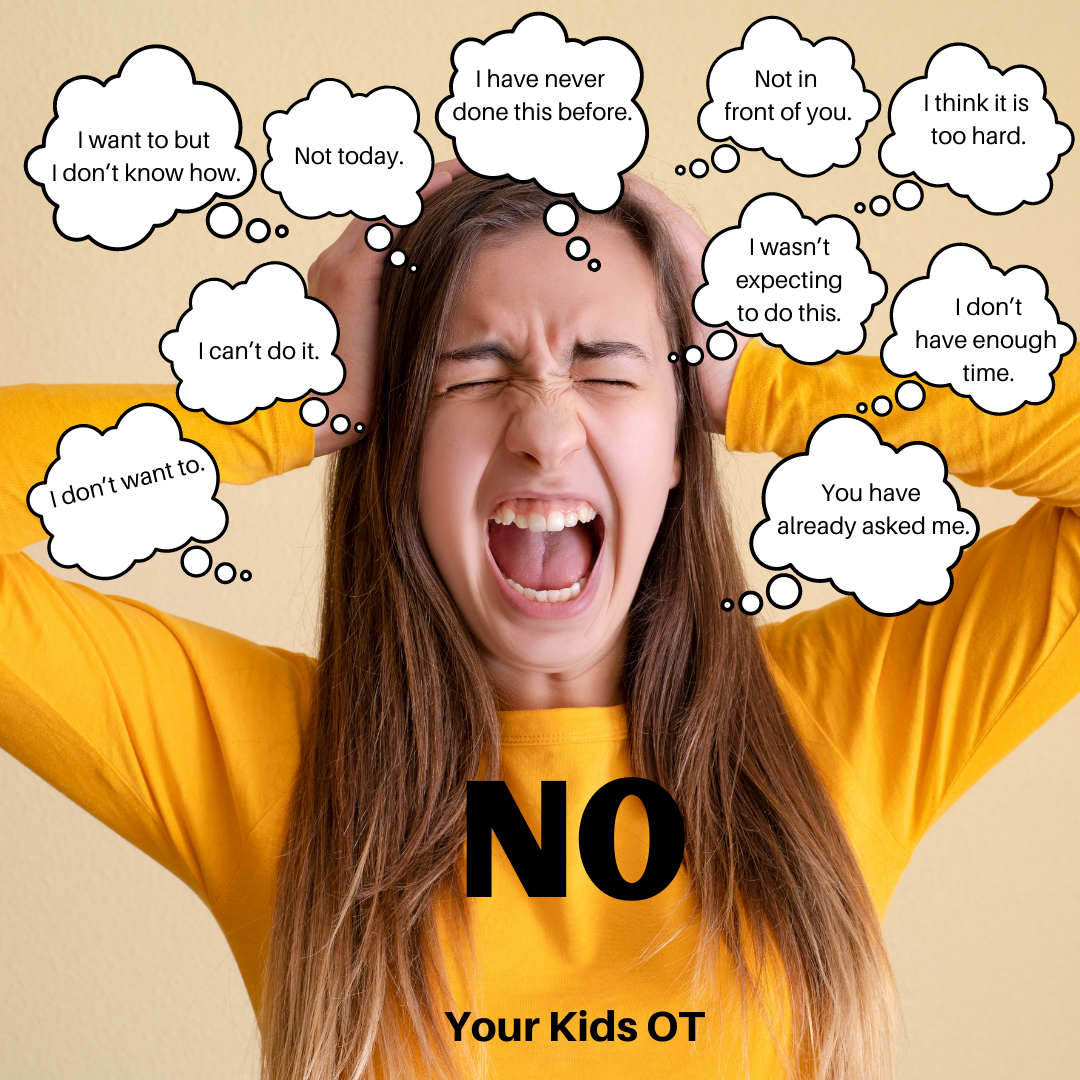
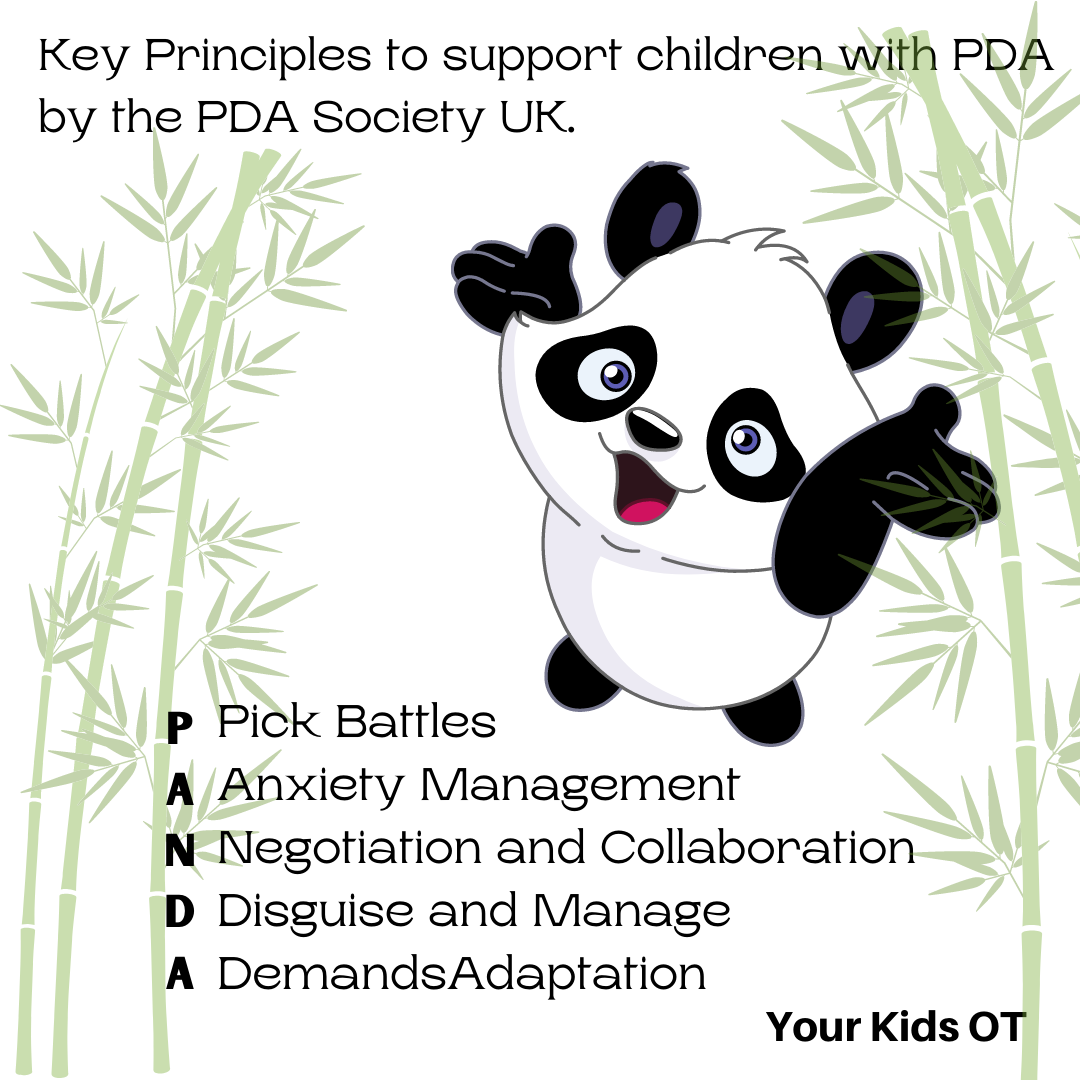

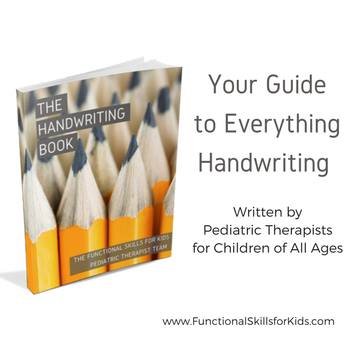

 RSS Feed
RSS Feed
